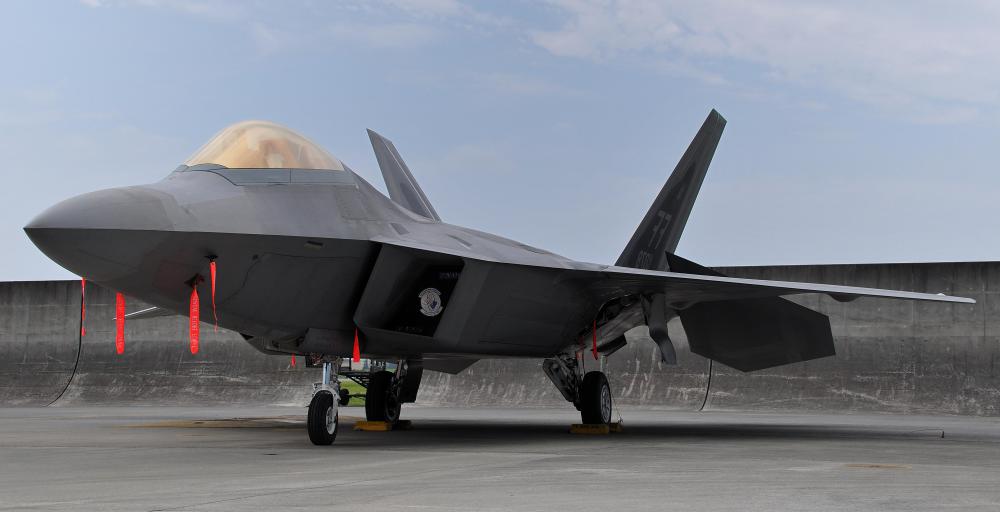At SmartCapitalMind, we're committed to delivering accurate, trustworthy information. Our expert-authored content is rigorously fact-checked and sourced from credible authorities. Discover how we uphold the highest standards in providing you with reliable knowledge.
What is a Merger?
A merger occurs when two companies combine to form a single company. It is very similar to an acquisition or takeover, except that the existing stockholders of both companies involved retain a shared interest in the new corporation. By contrast, in an acquisition one company purchases a bulk of a second company's stock, creating an uneven balance of ownership in the new combined company.
The entire merger process is usually kept secret from the general public, and often from the majority of the employees at the involved companies. Since the majority of attempts do not succeed, and most are kept secret, it is difficult to estimate how many potential mergers occur in a given year. It is likely that the number is very high, however, given the amount of successful ones and their desirability for many companies.

There are a number of reasons by two companies may want to merge, some of which are beneficial to the shareholders and some of which are not. One reason, for example, is to combine a very profitable company with a losing company in order to use the losses as a tax write-off to offset the profits, while expanding the corporation as a whole.

Increasing a company's market share is another major use of the merger, particularly among large corporations. By joining with major competitors, a company can come to dominate the market it competes in, giving it a freer hand with regard to pricing and buyer incentives. This form may cause problems when two dominating companies merge, as it may trigger litigation regarding monopoly laws.
Another type of popular merger brings together two companies that make different, but complementary, products. This may also involve purchasing a company that controls an asset that the other company uses somewhere in its supply chain. Major manufacturers buying out a warehousing chain in order to save on warehousing costs, as well as making a profit directly from the purchased business, is a good example of this. PayPal's merger with eBay is another good example, as it allowed eBay to avoid fees they had been paying, while tying two complementary products together.
A merger is usually handled by an investment banker, who aids in transferring ownership of the company through the strategic issuance and sale of stock. Some have alleged that this relationship causes some problems, as it provides an incentive for investment banks to push existing clients towards merging, even in cases where it may not be beneficial for the stockholders.
The process will no doubt change in the future, as dynamic technologies allow for the development of a more streamlined marketplace that manages to protect the privacy of interested companies while linking up companies that could benefit from combining.
AS FEATURED ON:
AS FEATURED ON:












Discussion Comments
@ Anon17274- Companies that were once strong, but are currently facing trouble are often targets for a takeover. Say a leading manufacturer has an accident that causes large environmental and economic damage to an area. The public backlash may cause investors to jump ship, causing the stock value to plummet.
The company is still valuable, and the short-term mindset of investors may mean the loss in value is only short-lived. A strong company in the same industry may investigate this company as a potential takeover target. If they believe the country can recover from its troubles, they may pursue the target.
If they are unsuccessful, they have at least forced the company into buying back its own shares and increasing the value of shares they purchased in the takeover attempt. In the end, an attempted forceful takeover can be just as lucrative as a takeover itself.
@ Anon17274- Acquisitions and takeovers are the same, but they are a little different from a merger. In mergers, both companies involved will agree upon the terms. They can be between two equal size companies or they can be a smaller company selling out to a larger company.
Acquisitions and takeovers are often executed in a more forceful manner, and are often the result of a stronger company buying up publicly traded shares of a smaller or economically embattled company. The aggressive company often forces a company into selling out by controlling a majority of the voting shares, hence the takeover.
What is the difference between acquisition and takeover?
Post your comments